DCK
DCK, short for deschloroketamine, is a research substance available exclusively for scientific research purposes and is not intended for consumption. When stored correctly, DCK maintains its stability for up to 2 years, and it is crucial to ensure that the product remains out of the reach of children and pets. We provide high-quality research chemicals at reasonable prices and guarantee shipping within 24 hours every day. To securely and promptly order DCK, visit researchchemicalsoutlet.com.
DCK Properties
- Synonym: 2′-oxo-PCM, deschloroketamine
- CAS Number: 4631-27-0
- Formula: 2-(methylamino)-2-phenyl-cyclohexanone
- Molar Mass: 239.7 g/mol
- Purity: >97%
What is DCK?
DCK, also known as Deschloroketamine, is a synthetic dissociative substance that belongs to the class of arylcyclohexylamine chemicals. It is a derivative of ketamine, a well-known anesthetic. DCK shares some structural similarities with ketamine but possesses unique properties that make it intriguing to researchers.
DCK was first synthesized in the early 1970s, and it has since garnered the scientific community’s attention due to its potential applications in research. Its chemical structure and properties make it a compelling subject of research in the fields of pharmacology, neuroscience, and medicinal chemistry.
Like other dissociative substances, DCK can induce a state of dissociation from the environment and alter sensory perception. It interacts with specific receptors in the brain, particularly the NMDA (N-methyl-D-aspartate) receptors, which play a vital role in regulating neuronal communication. By modulating the activity of these receptors, DCK can have a range of effects on perception, cognition, and consciousness.
Researchers are particularly interested in studying DCK because of its potential therapeutic properties and its ability to provide unique insights into central nervous system function. It may have applications in investigating the mechanisms underlying various neurological and psychiatric disorders and in developing new treatment methods.
The research on DCK aims to increase our understanding of its pharmacological profile, potential therapeutic benefits, and potential risks or side effects. By studying the effects on neuronal functions and behavior, scientists can gain valuable insights into the complex interactions between chemicals and the brain.
How Did DCK Come About?
DCK, also known as deschloroketamine, is a synthetic chemical first synthesized by researchers in the early 1970s. It belongs to a class of compounds known as arylcyclohexylamines, which also includes other substances such as ketamine and PCP.
The development of DCK was driven by scientific curiosity and the desire to investigate the effects and properties of new compounds. Researchers looked for a chemical derivative of ketamine that would retain some of its pharmacological properties but, at the same time, exhibit unique properties.
Through a series of chemical modifications and experiments, the scientists were able to synthesize DCK and study its effects on the central nervous system. They were particularly interested in its potential as an anesthetic or painkiller, given its structural similarities to ketamine.
Over the years, DCK has gained recognition within the scientific community as a research tool for studying the brain and its functions. Its unique properties, such as its ability to induce dissociative effects, have made it an interesting topic in fields such as pharmacology, neuroscience, and medicinal chemistry.
The synthesis and study of DCK contribute to our understanding of the complex interactions between chemicals and the brain. Scientists continue to investigate its pharmacological profile, potential therapeutic applications, and possible risks or side effects. This ongoing research helps expand our knowledge of the central nervous system and paves the way for future discoveries in the field of neuroscience.
Hazard Statement
- DCK can cause respiratory irritation.
- DCK can cause eye irritation.
- Discharging research chemicals into the environment is prohibited.
In case of contact:
- EYE: Rinse eyes gently with water for five minutes. Remove contact lenses if possible.
- SKIN: Wash skin with soap and water.
- INHALATION: If exposed to DCK, move the affected person to fresh air and ensure easy breathing.
For more information about DCK, please visit its Wikipedia page. To place an order, kindly visit researchchemicalsoutlet.com.

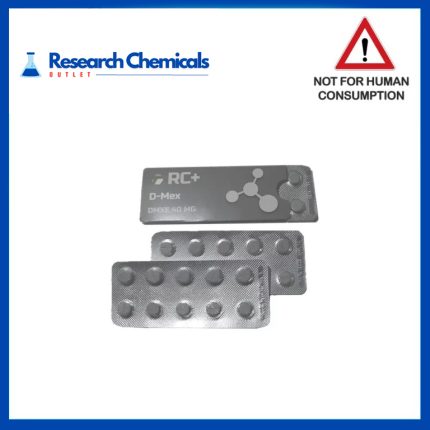
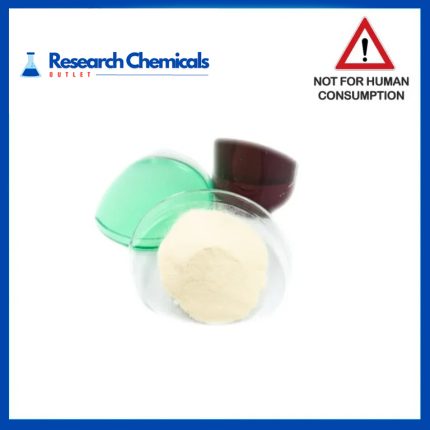
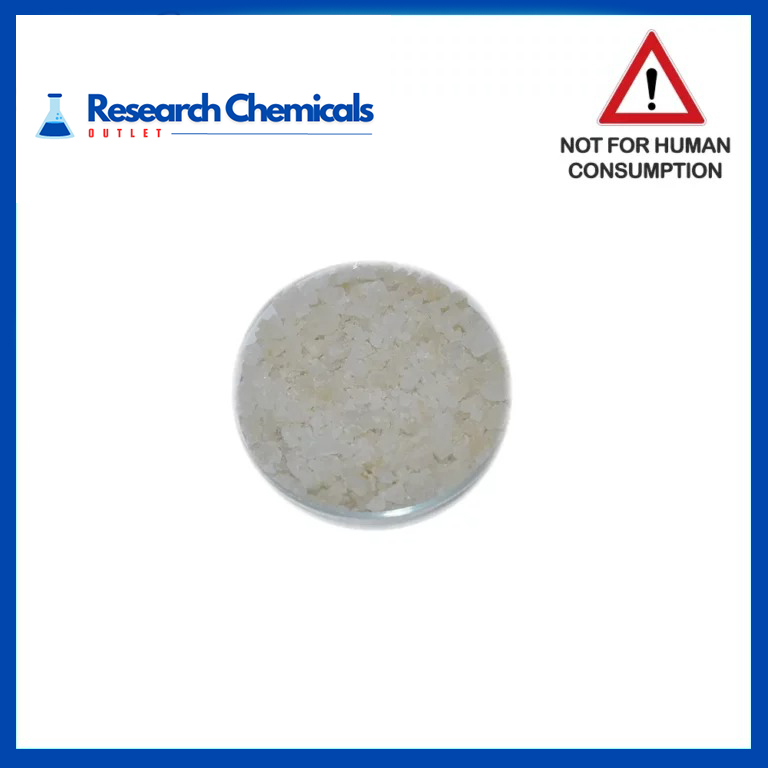
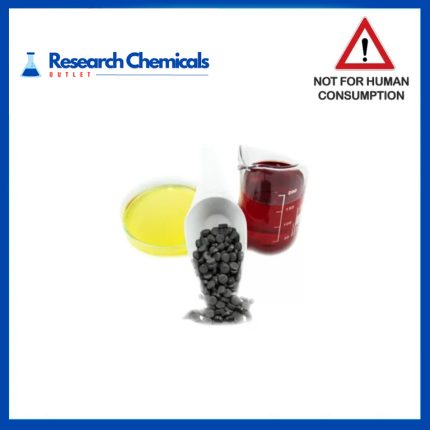
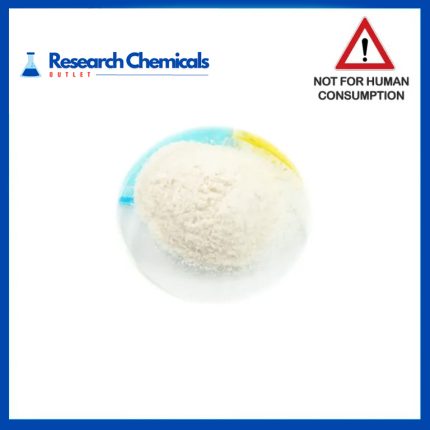
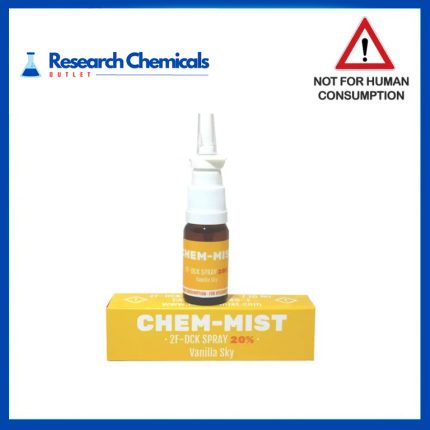
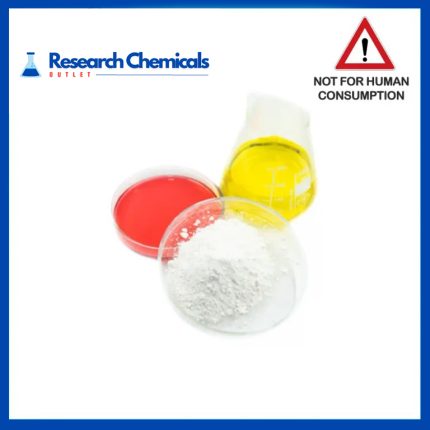
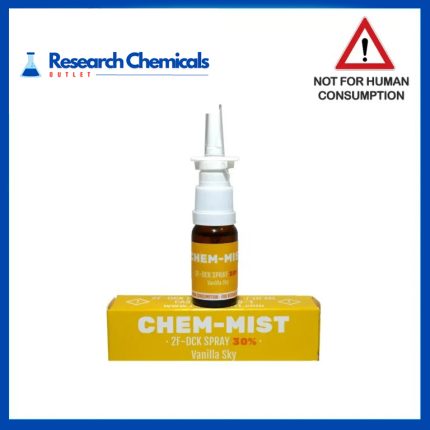
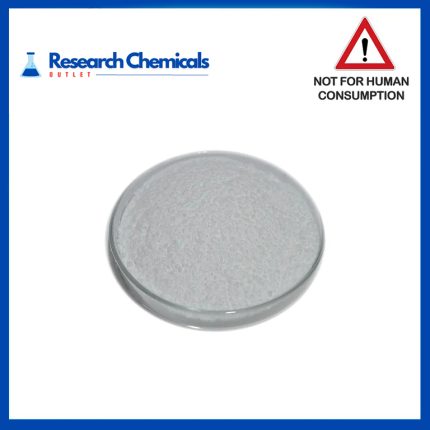
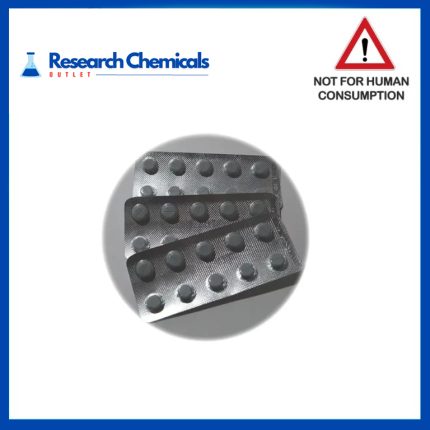

Reviews
There are no reviews yet.